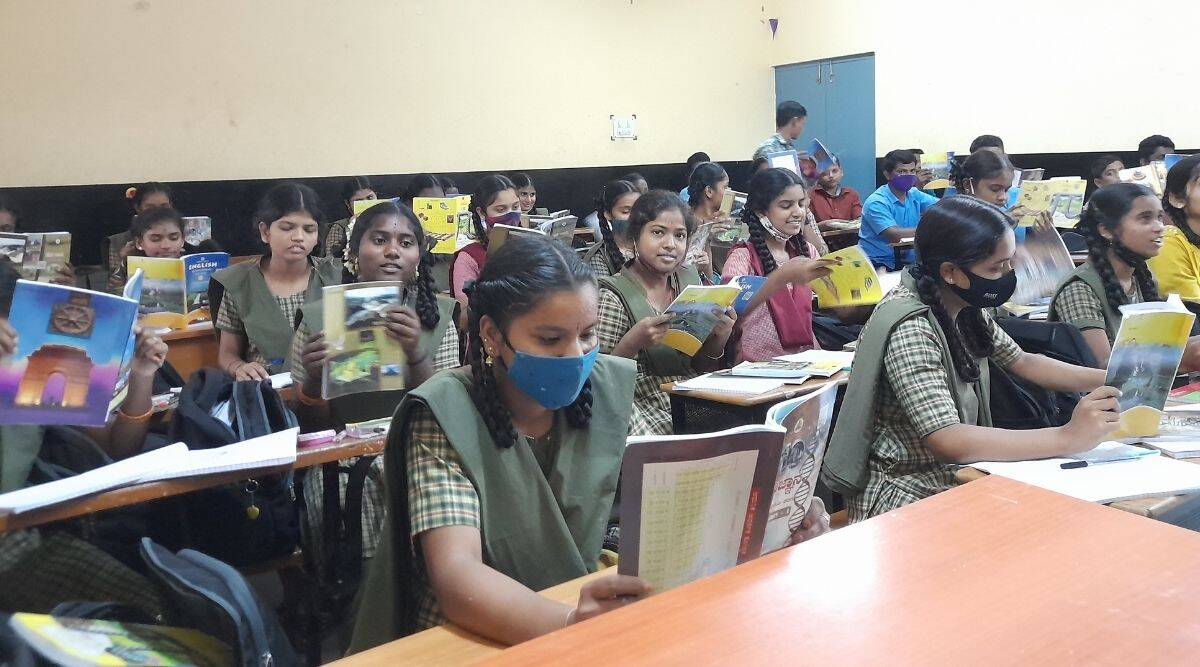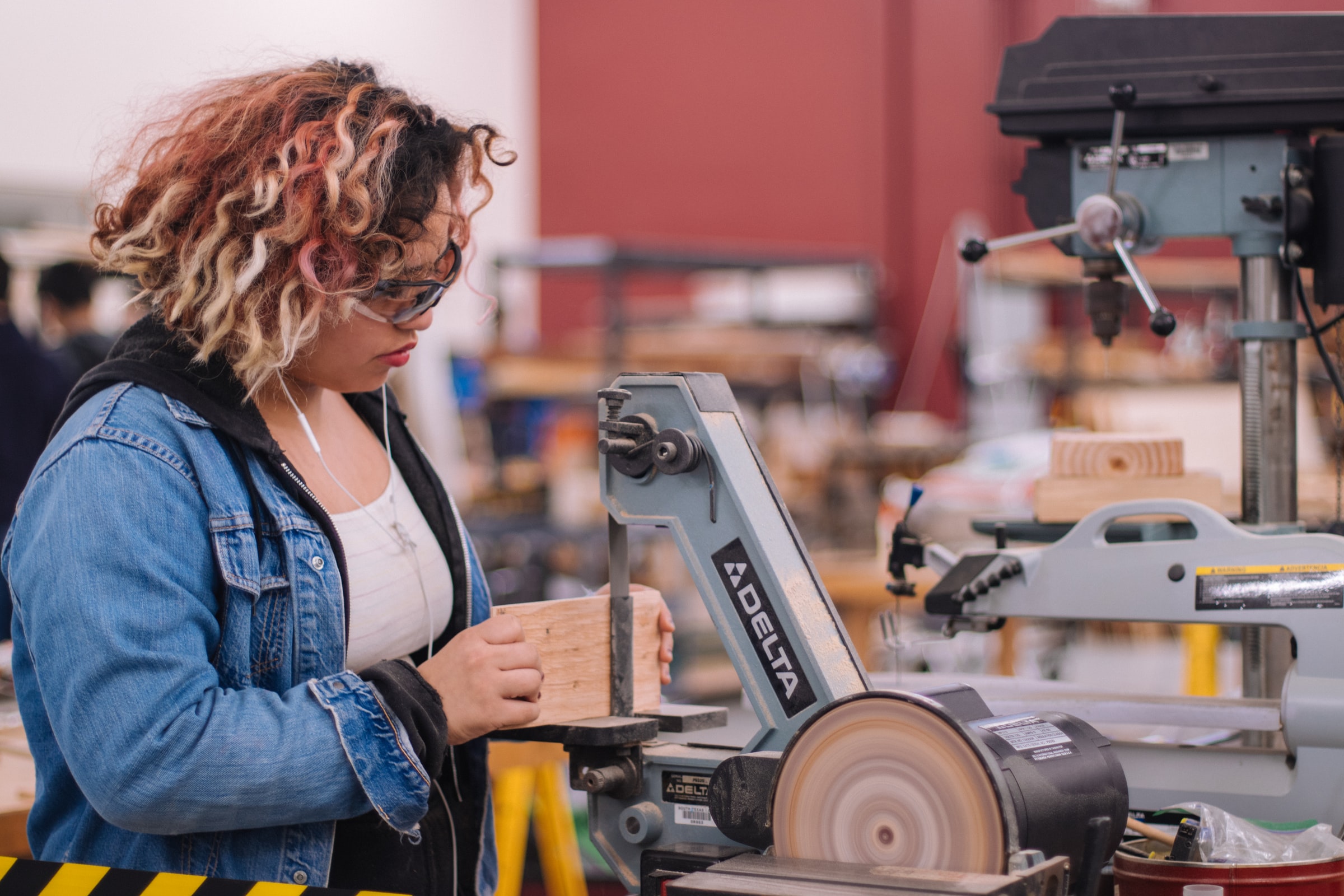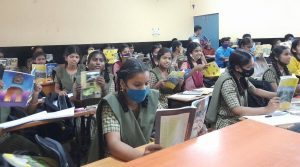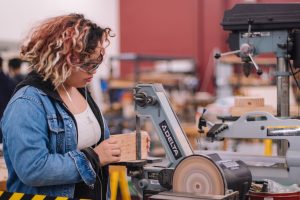I called Mike Town a few weeks ago to discuss environmental education. I eventually found myself battling high school tracking troubles once more. The NEA Foundation’s Green Prize in Public Education was recently awarded to Town, a teacher of environmental science at Redmond High School in Washington. In 2009, the North American Association for Environmental Education honoured him for Outstanding Service to Environmental Education. He appeared to be the ideal person to discuss environmental education. He was, too. He talked to me about the Cool School Challenge, a free online initiative he helped create to get students and instructors involved in lowering greenhouse gas emissions at their institution. They may employ tactics as basic as recycling, carpooling, and lighting control. Over 1.6 million pounds of carbon dioxide have been avoided nationwide thanks to the programme. Additionally, over the last three years, it has saved his school more than $100,000 in energy and waste costs.
The Influence of Goals
He is currently using the scale-based method with his students in their neighbourhood. In order to reduce greenhouse gas emissions in other buildings throughout the city, starting with Redmond’s six fire stations, they have partnered with the local government in the Eco-Office Challenge. In order to connect city residents to a town centre and to connect the neighbouring villages, his students also created a new transportation strategy for the city of Redmond. This strategy included the usage of bicycles, light rail, buses, and a variety of other vehicles. They create floor layouts and three-dimensional models of green homes as they research green building. Additionally, they create entirely new, sustainable towns, including their methods for constructing, farming, managing water waste, and transportation. I’m a little envious because I never had the opportunity to participate in something similar in high school. Town stunned me even before he began to describe all the fascinating activities he and his pupils engage in. Town: I instruct environmental science for AP exams. I also instruct a course in sustainability and environmental design. Both of these classes are CTE, and I also teach CTE. Career and technical education is CTE.
O’Brien: Does AP environmental science count as vocational and technical education?
I felt stunned. CTE and college prep were two very distinct programmes when I was a high school student. “Smart” children didn’t enrol in CTE classes. Conversely, too. Children who were deemed to be “not smart” did not enrol in AP courses.
How about that gap?
Town: We can overcome that barrier if 200 students enrol in our AP environmental science course, all of whom take the AP exam and receive vocational credit. Additionally, when students work on projects, they are able to shed their stereotypes and the cliquish notions they may have about brainiacs and verbally gifted children. We really believe that most children can succeed in AP subjects, and I know I do. The obstacles to those classes must be removed. In order to draw kids from low-income backgrounds to this programme and convince them that they are intelligent enough to attend college,
Refuting outdated notions
Town’s strategy made me consider the role of CTE in conversations about educational reform. When used effectively, CTE appears to minimise dropout rates, according to study. This is the use of CTE that I hear about most frequently when trying to engage children who are at danger of failing out of school. It is more frequently mentioned as a strategy to keep pupils in high school than as a technique to prepare them for college. And CTE is an often contested topic. Who enrols in CTE as opposed to college prep courses? Do we limit some students—primarily low-income students—to a particular place in society by even giving CTE? Shouldn’t the same (higher) standards apply to all children?
It is a challenging problem. And after I spoke with Town, I did some research. I discovered research on CTE’s effects. However, I couldn’t find much information about Town’s initiatives, which included technical education components in college-level courses. Few people advocate for raising the technical content of AP courses, but many urge for increasing the difficulty of CTE courses. That implies that there will always be two tracks, right? I still question why things must be the way they are. Don’t real-world and technical skills benefit both struggling and high-achieving students? Why aren’t CTE and college prep classes combined in more high schools?
Your thoughts and views on this subject are welcome!
Creating Teachers’ Effective Professional Learning
Intention and analysis must be incorporated into all learning opportunities.
Teachers are considered to be one of the most significant influences on student learning because schools are institutions of learning. Therefore, it makes sense that the majority of schools establish schedules that support instructors’ ongoing education. But teachers’ learning is frequently regarded as having low quality. This strikes me as oddly ironic. Educators are professionals in learning, after all. Highly skilled, professionally trained individuals who research, plan, and facilitate learning for others? Why shouldn’t those who create amazing educational opportunities for pupils also enjoy amazing educational opportunities for themselves? My school’s strategic approach is focused on providing all students, from preschool through high school, with profound, enduring, transferrable learning experiences. It’s what we call our group all-in move. Our teaching and learning department’s theory of action is based on the conviction that in order to achieve this kind of learning for our students, we must also achieve this kind of learning for our teachers. This belief was largely inspired by the work of Jal Mehta and Sarah Fine in their book, In Search of Deeper Learning: The Quest to Remake the American High School.
What Memory Information Do Teachers Need to Know?
Teachers can greatly aid students in internalising lessons in long-term memory by having an understanding of how humans store and use information. Human memory is among the most crucial yet least understood parts of learning. It is our responsibility to impart knowledge and skills to pupils; this is the most significant part of our work. How many teachers, however, have degrees and teaching certifications without mentioning memory function? How frequently is a book discussion or professional development session focused on human memory? I graduated with a teaching degree 15 years ago, but I don’t recall ever taking a course on the subject. I’ve hardly ever received professional development on the subject of memory, or I’ve had to look for it myself. I don’t know any teachers who don’t want the best for their pupils, and producing instruction and a learning environment that are efficient and effective for learning calls for knowledge of memory processes and a fundamental understanding of how to operate within the limitations of human memory.










